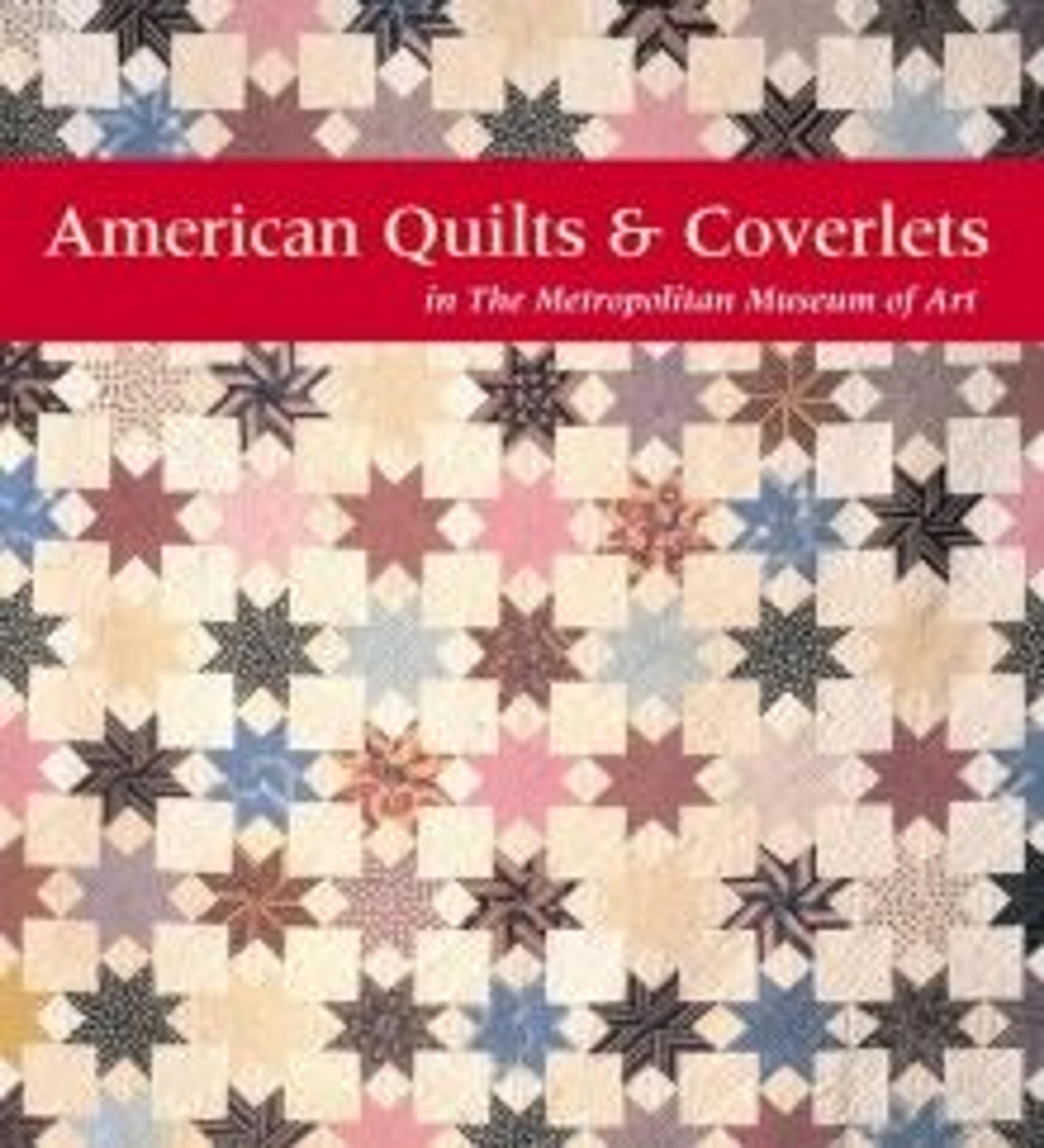Wholecloth whitework quilt
Stuffed, embroidered, and woven versions of all-white bedcovers were popular during the first third of the nineteenth century. Stuffed whitework quilts such as this one were often made to be included in a bride's wedding outfit. They were particularly prized, possibly because of the sheer amount of labor that went into them. After joining the top and back layers, a young woman outlined the edges of each flower petal or leaf with tiny stitches. Then, she carefully opened spaces in the backing by pushing aside the woven threads of the cloth with her needle. After a tiny area was opened, she inserted small bits of cotton stuffing between the top and back layers in order to produce the raised areas of the design. When an area was stuffed to her satisfaction, the backing fabric was closed by pushing the threads back to their original position. When all of the stuffing was complete a final tightly woven layer of backing was stitched to the quilt. This quilt, which is one of the most beautiful of all the whitework pieces in our collection, must have taken a great deal of time to complete.
The quilt came to us with no provenance. While researching it, we saw photos of a whitework quilt that seemed to be almost identical to our piece. It is owned by the Stamford Historical Society in Connecticut. According to the Society's records, that quilt was made by Lucy Foot Bradford (1800?-1875) while she was a young woman living in Colchester, New London County,Connecticut. After comparing the two quilts face-to-face, it became apparent that, although they were not made by the same person, they originated from a very similar pattern. Patterns, either homemade or professionally printed, were available at the time for this type of fancywork. The similarities were so great that it seemed conclusive that the two pieces had both been made in Colchester, possibly under the tutelage of the same person.
The quilt came to us with no provenance. While researching it, we saw photos of a whitework quilt that seemed to be almost identical to our piece. It is owned by the Stamford Historical Society in Connecticut. According to the Society's records, that quilt was made by Lucy Foot Bradford (1800?-1875) while she was a young woman living in Colchester, New London County,Connecticut. After comparing the two quilts face-to-face, it became apparent that, although they were not made by the same person, they originated from a very similar pattern. Patterns, either homemade or professionally printed, were available at the time for this type of fancywork. The similarities were so great that it seemed conclusive that the two pieces had both been made in Colchester, possibly under the tutelage of the same person.
Artwork Details
- Title:Wholecloth whitework quilt
- Date:ca. 1815
- Geography:Probably made in Colchester, Connecticut, United States
- Culture:American
- Medium:Cotton
- Dimensions:102 3/4 x 103 in. (261 x 261.6 cm)
- Credit Line:Bequest of Flora E. Whiting, 1971
- Object Number:1971.180.124
- Curatorial Department: The American Wing
More Artwork
Research Resources
The Met provides unparalleled resources for research and welcomes an international community of students and scholars. The Met's Open Access API is where creators and researchers can connect to the The Met collection. Open Access data and public domain images are available for unrestricted commercial and noncommercial use without permission or fee.
To request images under copyright and other restrictions, please use this Image Request form.
Feedback
We continue to research and examine historical and cultural context for objects in The Met collection. If you have comments or questions about this object record, please contact us using the form below. The Museum looks forward to receiving your comments.
